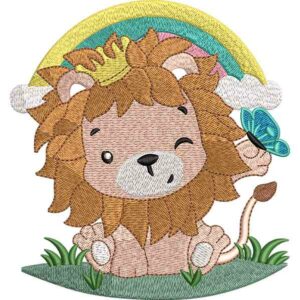
Embroidery Digitizing for Custom Footwear
ZDigitizing is offering a wide range of digitizing solutions to meet the needs of businesses and individuals alike. With expertise in logo digitizing.



© 2024 Crivva - Business Promotion. All rights reserved.